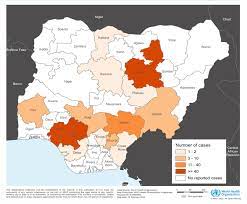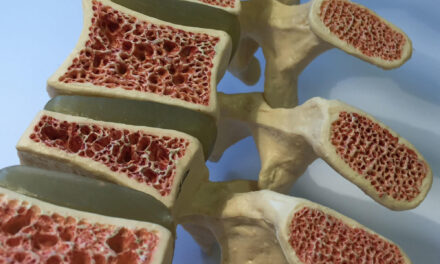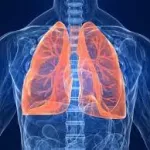NEW YORK, NY – April 8, 2025 – The cost and prevalence of gastrointestinal (GI) diseases in the United States represent a significant and growing challenge, imposing a heavy burden on patients, healthcare providers, and the nation’s healthcare system, according to a new report. Healthcare expenditures associated with GI health reached an estimated $111.8 billion in 2021 alone.
The comprehensive three-year report, detailed in the journal Gastroenterology, paints a stark picture of the current state of GI health across the country. Led by Dr. Anne Peery, a gastroenterologist and associate professor of medicine at the University of North Carolina (UNC) School of Medicine, the research highlights not just the immense financial cost, but also the substantial physical toll these conditions take.
“GI diseases are responsible for a considerable and growing burden of health care use and costs,” stated Dr. Peery. The findings, she added, underscore the critical need for ongoing scientific research and support for clinical practice to combat these widespread and often life-altering illnesses. “Funding innovative GI science and supporting the practice of GI medicine are critical to meeting the burden of GI illness,” she urged.
To compile their findings, Dr. Peery and her team analyzed extensive data from multiple sources covering the years 2019-2023. They examined statistics on GI symptoms, visits to doctors’ offices and emergency departments, hospitalizations for both adults and children, cancer incidence and mortality, and overall healthcare spending related to GI conditions.
Key Findings from the Report:
- High Symptom Prevalence: Data from the Rome Foundation Global Epidemiology study revealed that approximately 60% of U.S. adults reported experiencing one or more frequent GI symptoms within the preceding three months.
- Abdominal Pain Dominates Visits: Abdominal pain remains the most common reason for seeking medical attention for a GI issue, leading to over 23 million office or emergency department visits in 2019.
- Concerning Cancer Trends: The incidence of pancreatic cancer has shown a steady increase, with no corresponding improvement in mortality rates.
- Rising Liver Disease Mortality: Deaths related to alcohol-associated liver disease continue to climb.
- Significant Medication Costs: Spending on GLP-1 agonists, recognized as a promising treatment avenue for patients with metabolic dysfunction-associated steatotic liver disease (MASLD), totaled a remarkable $30.9 billion in 2021.
- Increased Cancer Screening: On a positive note, adherence to updated colorectal cancer screening guidelines appears to be improving. Colonoscopy rates doubled among adults aged 40 to 49 in 2022 compared to three years earlier.
- Record Liver Transplants: 2023 marked a record year for liver transplantation, with 10,660 procedures performed.
- Substantial Research Funding: Reflecting the scale of the problem, the National Institutes of Health (NIH) dedicated $3.6 billion to support GI research in 2023.
This report serves as a crucial update on the impact of GI, liver, and pancreatic diseases in the United States, emphasizing the ongoing need for innovative prevention and treatment strategies to alleviate the burden on millions of Americans.
Disclaimer: This news article is based on information provided from a summary of a research report published in the journal Gastroenterology (DOI: 10.1053/j.gastro.2024.12.029). It is intended for informational purposes only and does not constitute medical advice. Consult with a qualified healthcare professional for any health concerns or before making any decisions related to your health or treatment.












